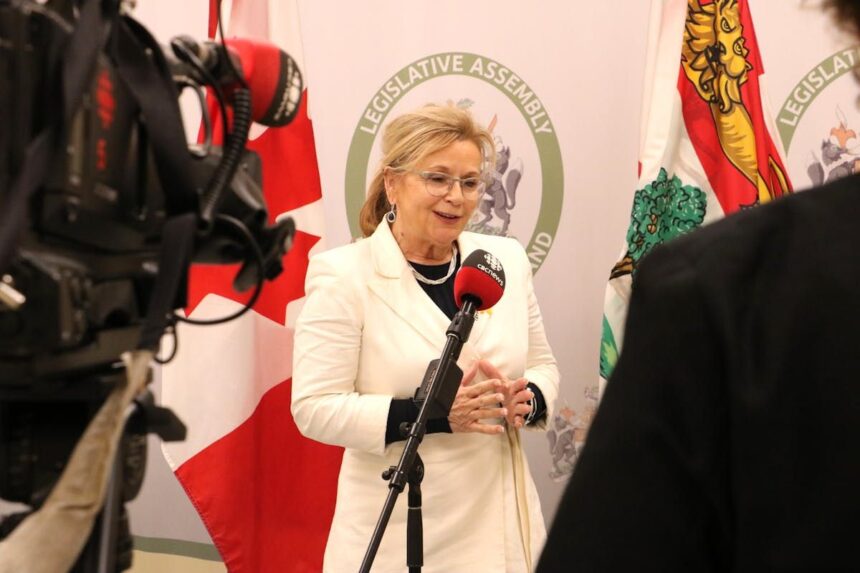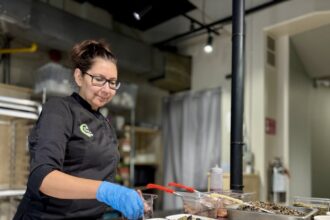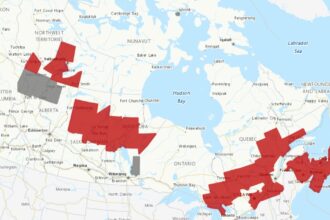In the shadow of Prince Edward Island’s picturesque landscapes and renowned agricultural abundance lies a sobering reality: nearly one in six Island households struggles with food insecurity. Recent provincial initiatives, however, are beginning to turn the tide in what officials describe as a “multi-pronged approach” to ensure no Islander goes hungry.
“We’re seeing significant momentum in addressing food accessibility challenges across the province,” explains Maria Donovan, executive director of PEI Food Security Network. “The combination of increased funding, policy reforms, and community-driven solutions is creating meaningful pathways toward a more food-secure island.”
The provincial government recently announced an additional $2.3 million in funding dedicated to food security programs, representing a 27% increase from previous allocations. This investment comes as Canada News reports show food bank usage in PEI has risen by 23% since 2019, outpacing the national average of 18%.
What distinguishes PEI’s approach is its comprehensive strategy that extends beyond emergency food assistance. While traditional food banks remain critical resources, the province has expanded its focus to include sustainable agriculture initiatives, food education programs, and income-based solutions that address the root causes of hunger.
The Farm to School program, which connects 42 Island schools directly with local producers, has doubled its reach since 2021. This initiative not only provides fresh, nutritious meals to students but also strengthens local food systems and agricultural viability—a dual benefit highlighted in recent CO24 Business analysis of sustainable economic models.
“When we increase local food production and distribution channels, we’re building resilience that benefits everyone,” notes Agriculture Minister Thomas MacPherson. “The economic multiplier effect of keeping food dollars within our communities creates jobs while improving accessibility.”
Perhaps most promising is the Community Food Security Grants Program, which has funded 34 community-led projects across the island. These grassroots initiatives range from neighborhood gardens and cooking skill workshops to innovative food recovery programs that redirect surplus food from restaurants and grocery stores to those in need.
The Charlottetown Community Kitchen, one such grant recipient, has transformed from serving weekly meals to becoming a community hub that offers nutrition education, cooking classes, and employment training. “We’ve evolved from simply feeding people to empowering them,” explains kitchen coordinator Emily Williams. “The impact extends far beyond the immediate meal.”
Policy changes have accompanied these programmatic efforts. Recent amendments to municipal zoning regulations have made urban agriculture more accessible, while procurement policies now prioritize local food purchases for public institutions—changes that CO24 Politics analysts identify as crucial for systemic food security improvement.
Despite this progress, challenges remain. Housing affordability continues to strain household food budgets, while climate change threatens agricultural production—issues that require coordinated responses across multiple sectors. The province’s food insecurity rate, while improving, still exceeds the national average by 3.2 percentage points.
For families like the Robertsons of Summerside, these initiatives represent more than statistics. “The community garden program gave us not just food but dignity,” says Karen Robertson, who participates in a local grow-share program. “We contribute what we can and take what we need—it’s changed how we think about food and community.”
As PEI continues to refine its approach to food insecurity, the emerging model offers potential lessons for other jurisdictions facing similar challenges. The integration of emergency assistance with systemic change, coupled with community ownership of solutions, demonstrates promising pathways toward sustainable food security.
As CO24 News has documented across Canadian provinces, addressing food insecurity requires both immediate relief and long-term vision. The question now facing Prince Edward Island is whether this holistic approach can be maintained and scaled to eliminate, rather than simply reduce, the persistent challenge of hunger in Canada’s food island. In a province famous for feeding others, can it ensure all its own citizens share in that abundance?










